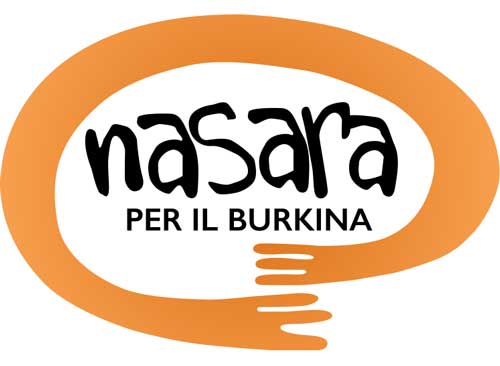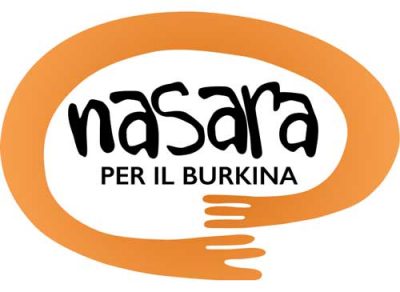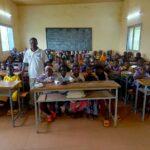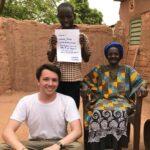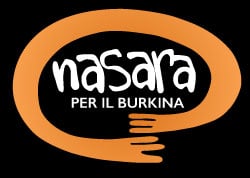Accomplishing something in the villages in the savannah is one of the most exciting experiences a volunteer can have. The village that taught Nasara how to effectively help a community in the savannah was Rouaghin. Thanks also to the commitment of other benefactors who believed in this project, we provided the most essential resources for a village: a motor pump for irrigating gardens, a mill for grain, and a well for drinking water.
We first became acquainted with the village of Rouaghin, about 60km northeast of the capital, in 2008 during one of the performances of the “Teatrando” project.
This project was based on a cultural approach to AIDS prevention, using popular theater as a means to engage different age groups, especially children, and to stimulate awareness and understanding through images and play, which are the foundations of any prevention effort.
It was the last of 40 performances because Lambert, the head of the theater company “La Parole” in Ouagadougou and our partner in the project, wanted this great experience to conclude in the village where he was born, crowning a success story that had brought us into contact with more than 40,000 young people.
Since then:
- 2008. We brought and installed a motor pump to irrigate the small garden (half a hectare) that the young people of the village were tending. Now it has grown to more than 5 hectares with an impressive variety of production, which allowed the young people of the village to purchase a second motor pump in 2012 and further increase production.
- 2009. We installed the mill and promised to build the well the following year. One of the village chiefs, surely the oldest and most frail, took the head of a Nasara missionary in his hands and, kissing it four times in the African style, said, “now that I have seen this, I can die happy.”
- 2010. We inaugurated the well that, at 48 meters deep, provides potable water. This will prevent many diseases for the people of Rouaghin and nearby villages, which were previously caused by using water from the “barrage,” which was very polluted for obvious reasons. Watch the video of the moment when we reached the water!
- 2011. We continued our intervention by building sanitary facilities for the villagers. This intervention, often overlooked by humanitarian organizations, is very important because it is a crucial prerequisite for improving health and fighting the spread of communicable diseases.
- January 2013. We delivered 4 wheelchairs to the disabled in the village, helping them to overcome the daily hardships that often see a disabled person forced to live inside a mud hut every day of the year.
- May 2013. With the agreement of the village chiefs, we laid the groundwork for planting 5 hectares of Jatropha, a perennial plant (it can live up to 40 years) that grows up to 4-5 meters tall, and begins production in its third year, providing an excellent income from the sale of seeds that will be used to extract fuel oil.
- 2016. We installed a photovoltaic system that provides lighting in the area for large meetings and a multi-socket outlet for small electrical devices. With this system, the villagers will be able to meet in the evening after sunset, students can study after sunset, and everyone can charge their mobile phones.
These activities carried out over 8 years in the village of Rouaghin have allowed us to “experience firsthand” an effective intervention strategy for the development of a village in the savannah. This strategy was then applied in other villages.
Would you like to see where the village of Rouaghin is? Click here and you can see from the satellite the magic of this village lost in the savannah!
